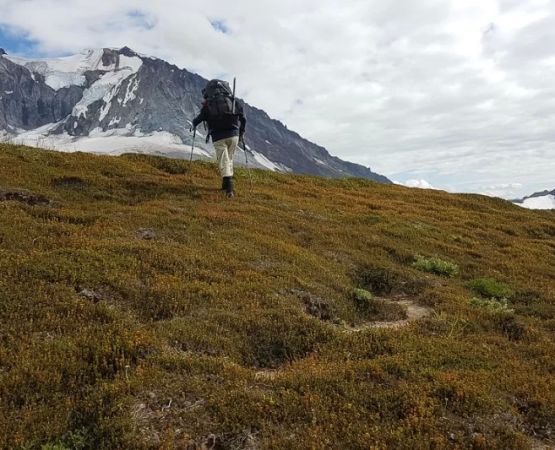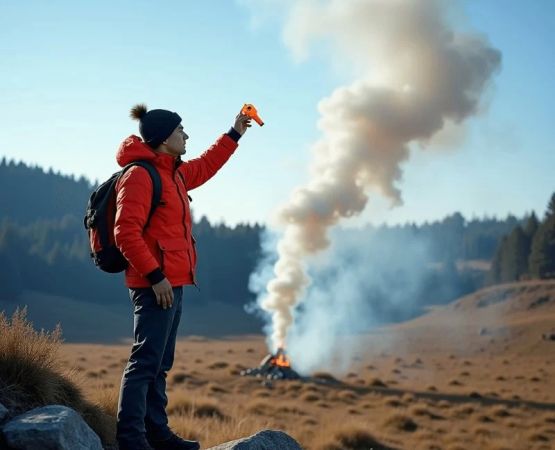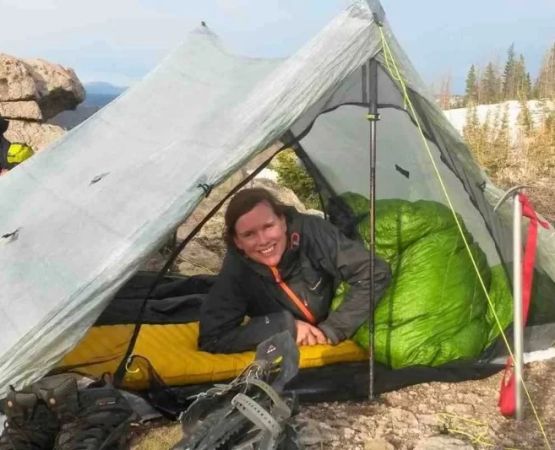- 1-researching-your-camping-destination
- 2-preparing-essential-camping-gear
- 3-planning-your-camping-itinerary-and-activities
- 4-safety-and-wildlife-preparedness
- 5-food-and-water-planning-for-camping-trips
- 6-environmental-responsibility-and-leave-no-trace-principles
1. Researching Your Camping Destination
Properly preparing for a USA camping trip begins with thorough research of your chosen destination. The USA offers diverse camping locations—from national parks and forests to lakesides and deserts—each with unique weather, terrain, and regulations.
Understanding the climate, available facilities, and local wildlife at your camping site allows you to tailor your packing list and plans accordingly. For example, camping in the Rocky Mountains requires warm gear and altitude awareness, while coastal camping demands preparation for humid conditions and potential storms.
Consult official park websites, reviews from previous campers, and local guides to gather detailed information. Early reservations are often necessary for popular campsites, so planning ahead ensures a smooth trip.
2. Preparing Essential Camping Gear
Assembling the right gear is vital for comfort and safety on your USA camping trip. A durable tent with appropriate weather resistance is a cornerstone item, complemented by sleeping bags rated for the expected temperatures. Portable cooking equipment, lighting, and a first-aid kit are also indispensable.
Clothing choices should be layered to adapt to temperature fluctuations, including moisture-wicking fabrics and waterproof outerwear. Additional items like insect repellent, sun protection, and navigation tools (maps, GPS) complete your gear list.
Many campers find that investing in quality equipment enhances their experience and reduces potential hazards, especially on extended trips or remote locations.
3. Planning Your Camping Itinerary and Activities
Effective trip planning balances adventure and relaxation. Decide on your daily activities, whether hiking, fishing, wildlife observation, or simply enjoying nature. Factor in travel time between sites and allow flexibility for spontaneous exploration or rest.
Creating a loose itinerary helps allocate resources like food and fuel, and ensures you don’t miss key attractions. Check for any permit requirements or activity restrictions to avoid surprises. Engaging the whole group in planning can increase enthusiasm and ensure everyone’s interests are addressed.
4. Safety and Wildlife Preparedness
Safety is paramount when camping in the USA’s varied wilderness. Familiarize yourself with local wildlife hazards such as bears, snakes, or ticks, and learn proper food storage and campsite hygiene to minimize encounters. Carry bear spray or other deterrents where recommended.
Know emergency procedures and have reliable communication tools. Weather can change rapidly, so packing extra layers and waterproof gear is wise. Sharing your itinerary with a trusted contact ensures help can be summoned if needed.
Proper preparation empowers you to enjoy nature confidently and responsibly.
5. Food and Water Planning for Camping Trips
Managing food and water is a critical part of camping preparation. Plan meals that are nutritious, easy to prepare, and store well without refrigeration. Dehydrated or freeze-dried options are popular among campers for convenience.
Ensure you have access to safe drinking water by bringing filtration systems or purification tablets, especially in remote areas. Carry sufficient quantities for your group and allow for unexpected delays or emergencies.
Food planning also includes packing supplies for proper waste disposal, maintaining campsite cleanliness and ecological balance.
6. Environmental Responsibility and Leave No Trace Principles
Respecting nature is a cornerstone of camping ethics. The Leave No Trace principles guide campers to minimize their impact by disposing of waste properly, staying on trails, and avoiding damage to plants and wildlife.
Following these principles preserves the beauty and integrity of camping sites for future visitors. Many parks and reserves require adherence to specific rules—knowing and following these enhances your experience and protects the environment.
Practicing sustainability aligns with the spirit of camping and outdoor appreciation.
Conclusion
Preparing for a USA camping trip involves detailed research, thoughtful gear selection, itinerary planning, safety awareness, and environmental responsibility. By addressing these aspects, you set the stage for a memorable and enjoyable adventure.
Whether you’re a seasoned camper or new to the outdoors, visiting Pine Cliff Resort can provide expert guidance and quality equipment to support your journey. Embrace the preparation process, and you’ll be rewarded with the rich experiences and tranquility that only camping in the USA can offer.






